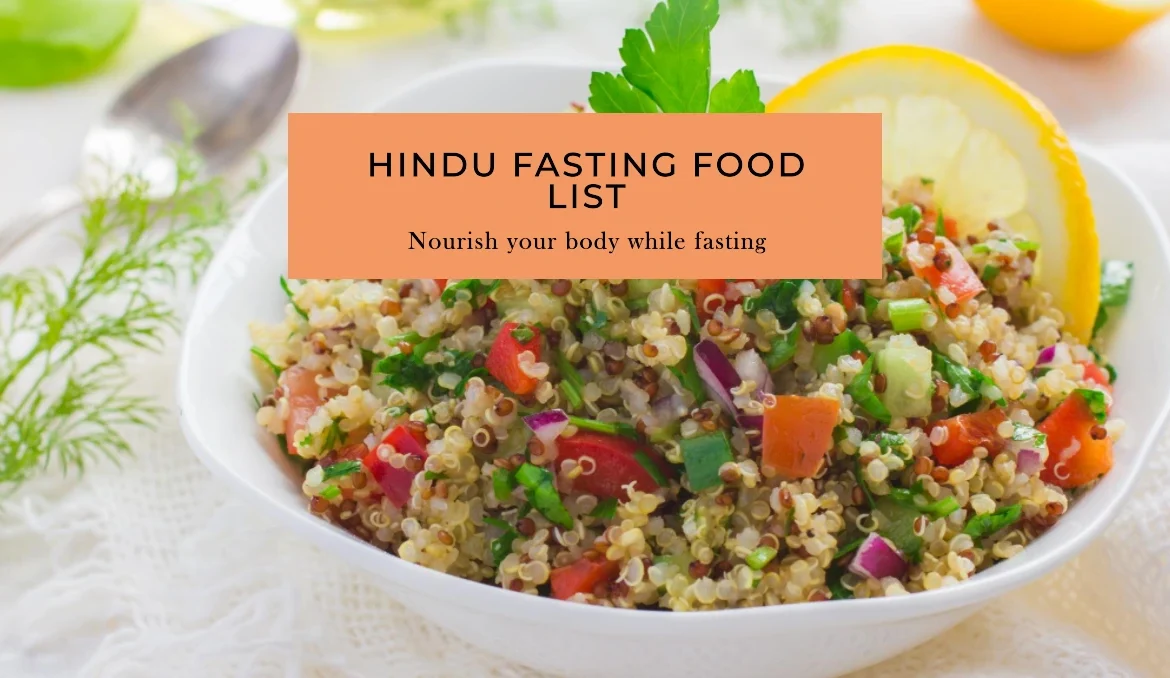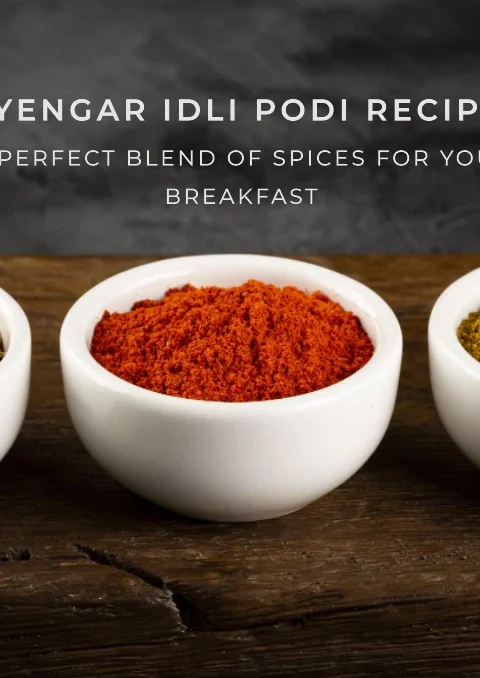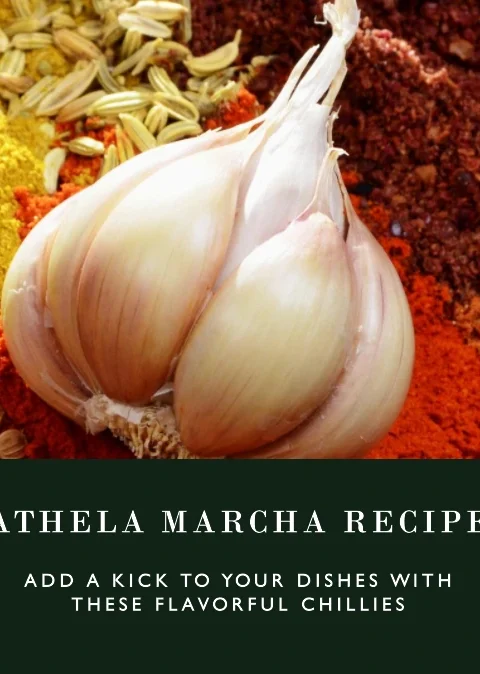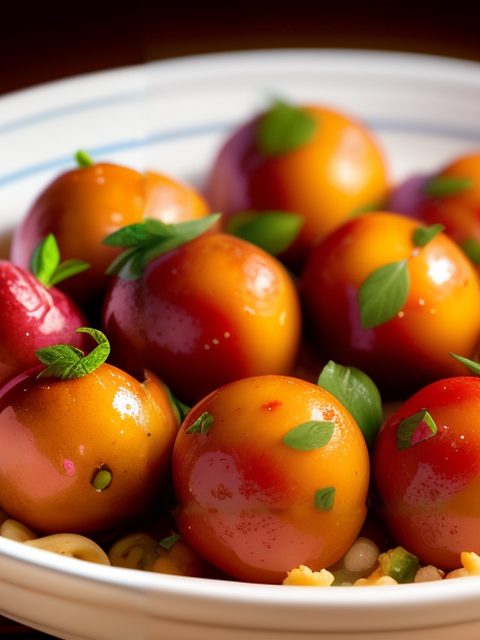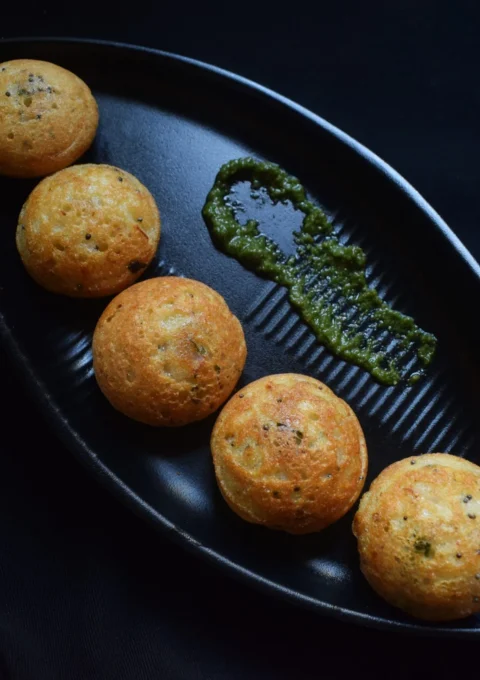Table of Contents
The Ultimate Guide to Hindu Fasting: What to Eat During Vrat
Fasting is a significant aspect of Hindu culture, observed for various reasons, including spiritual growth and devotion. During these fasting periods, known as “Vrat” or “Upwas,” it’s essential to adhere to specific dietary restrictions. In this comprehensive guide, we will explore the ins and outs of Hindu fasting and provide you with a detailed list of foods that are typically consumed during these fasting days.
Understanding Hindu Fasting
Hindu fasting is not just about abstaining from food; it’s a holistic practice that involves self-discipline and spiritual contemplation. Fasting is often observed on specific days or during festivals like Navratri, Mahashivratri, and Ekadashi. The duration of fasting can vary from a single day to several consecutive days.
The Spiritual Significance
Fasting in Hinduism is more than a dietary practice; it is a means of purifying the mind and body. It is believed to:
- Enhance self-control and discipline.
- Promote inner reflection and meditation.
- Demonstrate devotion and reverence to the divine.
Foods Allowed During Hindu Fasting
When observing Hindu fasting, it’s crucial to adhere to specific dietary guidelines. Here is a comprehensive list of foods typically allowed during fasting:
Staple Ingredients for Hindu Fasting
| Food | Description |
| Sabudana (Sago) | Used for various dishes like Sabudana Khichadi and Sabudana Vada. |
| Potatoes | A staple in many fasting recipes, used in curry, chips, and more. |
| Sweet Potatoes | Prepared in various ways during fasting. |
| Arrowroot (Arbi) | Used in curries or fried dishes. |
| Fruits | Bananas, apples, papayas, and other fruits are commonly consumed. |
| Milk and Milk Products | Milk, yogurt, and buttermilk are allowed during fasting. |
| Nuts and Seeds | Almonds, peanuts, and cashews can be used in recipes. |
| Spices | Cumin, coriander, and rock salt (sendha namak) add flavor. |
| Special Flours | Singhara (water chestnut flour), Rajgira (amaranth flour), and Kuttu (buckwheat flour) for making bread and snacks. |
| Herbs and Spices | Ginger, green chilies, and fresh coriander are used for seasoning. |
While the foods listed above are commonly allowed during fasting, it’s essential to remember that practices may vary based on regional customs and individual preferences. Additionally, some people may choose to avoid garlic and onions during fasting.
Notable Fasting Days in Hinduism
| Fasting Day | Occasion |
| Navratri | A nine-night festival dedicated to the worship of Goddess Durga. |
| Mahashivratri | Celebrated in honor of Lord Shiva, it involves an all-day fast. |
| Ekadashi | Observed twice a month in devotion to Lord Vishnu. |
| Karva Chauth | A fasting day for married women, praying for their husbands’ well-being. |
| Janmashtami | Celebrates the birth of Lord Krishna, often observed with fasting. |
Recipes for Hindu Fasting
Hindu fasting doesn’t mean bland or tasteless food. In fact, there’s a wide variety of delicious dishes you can prepare while adhering to fasting rules. Here are a few popular fasting recipes:
Delicious Hindu Fasting Recipes
| Recipe | Description |
| Sabudana Khichadi | A flavorful dish made with sago, peanuts, and spices. |
| Sabudana Vada | Crispy fritters prepared with sago, potatoes, and spices. |
| Aloo Jeera | Sautéed potatoes with cumin seeds and other seasonings. |
| Lauki ki Sabzi | A curry made from bottle gourd and mild spices. |
| Kuttu Ki Puri | Deep-fried bread made from buckwheat flour. |
| Fruit Salad | A refreshing mix of fruits with a dash of rock salt. |
| Sabudana Kheer | A sweet dessert made with sago and milk. |
| Rajgira Paratha | Buckwheat flour flatbread, perfect for breakfast. |
These recipes not only adhere to fasting rules but also offer a burst of flavors to make your fasting days enjoyable.
Additional Considerations
Fasting Rules
Fasting can vary in strictness, so it’s essential to understand the specific rules for the fasting day you are observing. Some fasts allow for a single meal during the day, while others may be more stringent.
Food Preparations
Many people who fast prefer to cook their meals at home to ensure the food complies with their fasting guidelines.
Spices and Herbs
Spices like cumin and rock salt are used in place of regular salt during fasting. Fresh herbs like coriander and curry leaves are also popular for seasoning dishes.
Vrat-Friendly Flours
Flours like Singhara, Rajgira, and Kuttu are readily available in stores, making it easier to prepare fasting meals.
Conclusion
Hindu fasting is a profound practice that combines spiritual devotion with dietary discipline. Understanding what foods are allowed during fasting is essential for those who observe these rituals. With a diverse range of ingredients and recipes available, fasting can be a delicious and spiritually enriching experience. Remember that fasting practices can vary, so it’s crucial to consult local customs and religious guidelines to ensure you are observing the fast correctly. Whether you are fasting for spiritual reasons or seeking a new culinary adventure, these fasting recipes offer a delectable way to celebrate your devotion.
Happy fasting!
